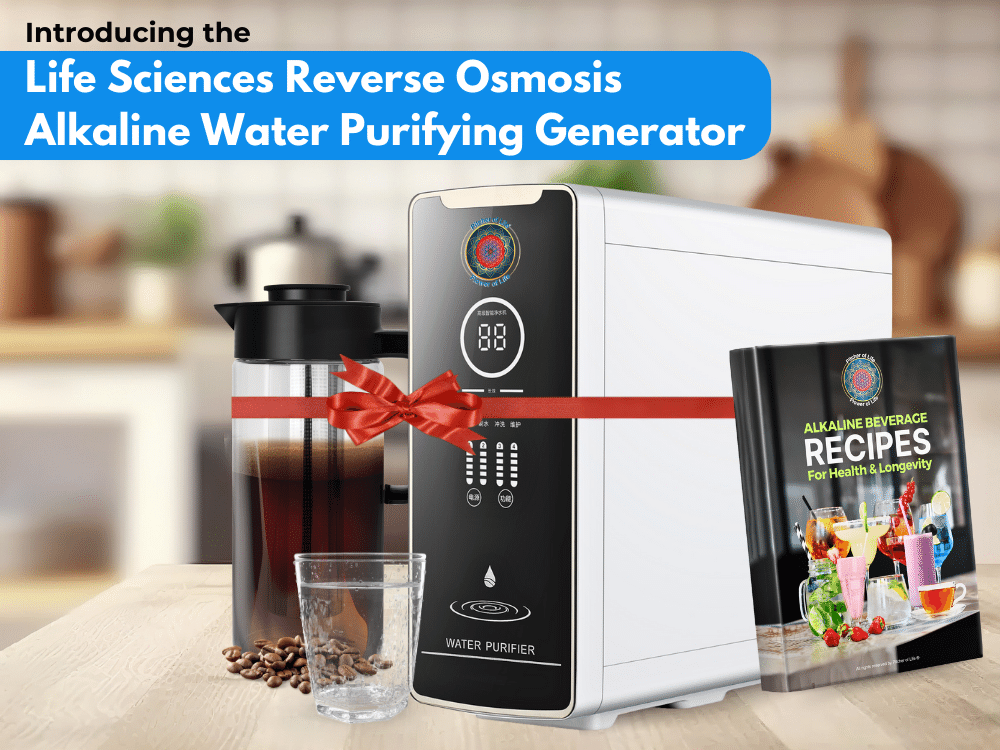Water, a fundamental element of life, raises alarms when tainted with harmful substances. The proliferation of pesticides containing PFAS in agricultural practices has recently sparked considerable apprehension.
Origins of PFAS in Pesticides
Since the 1940s, per- and polyfluoroalkyl substances (PFAS) have pervaded various industrial and commercial sectors as synthetic chemicals. PFAS-infused pesticides surged in the United States throughout the 1960s. These fluorinated organic compounds pose substantial threats to human health and the environment.
The Alarming Presence of PFAS in Our Environment
Recent analyses by reputable organizations like the Environmental Working Group (EWG) have unveiled a disturbing trend: over 1,400 registered pesticides in Maine alone contain active ingredients meeting the state's PFAS criteria, highlighting the urgency for stringent regulations.
Studies conducted in Washington, DC, have evidenced alarming levels of PFAS in commonly utilized pesticides. For instance, Intrepid 2F, extensively applied in California, has left its mark with over 1.7 million pounds sprayed across more than 1.3 million cumulative acres of land in 2021, predominantly in the Central Valley.

PFAS into Water and Food Supplies
The journey of PFAS from pesticides to our tables is multifaceted. Contamination occurs through various pathways:
- Direct Infiltration: Pesticides permeate soil, seeping into the groundwater and contaminating drinking water.
- Crop Absorption: Plants absorb these chemicals from the soil, entering our food chain.
- Industrial Pollution and Beyond: Industrial activities and firefighting compounds also contribute to PFAS contamination.

Health Hazards Associated with PFAS Exposure
The consequences of PFAS exposure are dire, with even minute concentrations triggering adverse health effects, including immune system suppression, heightened cancer risks, elevated cholesterol levels, and reproductive abnormalities.
Removing PFAS from Tap Water
Efficient removal of PFAS from tap water necessitates robust mitigation strategies. Activated carbon filtration and reverse osmosis systems represent two widely employed methods for eliminating PFAS contaminants. This ensures the delivery of clean and potable water to households and communities.
Life sciences™ Alkaline Water System:

The Life Sciences™ Hydrogen Alkaline Bio Energy Water System is a state-of-the-art 5-stage filtration system that ensures clean and safe drinking water by removing impurities and enhancing water quality. With features like pH enhancement, antioxidant infusion, and a Free Bonus Borosilicate Glass Pitcher with multiple uses for making coffee, tea, herb and also fruit infused alkaline beverages. Backed by a lifetime warranty, it offers a comprehensive and reliable solution for high-quality water purification "Manufacturer to You" Discount Pricing at only $297. The difference between this unit is its activated carbon filter that reduces scale buildup in pipelines. Learn More
Introducing the Life Sciences™ Reverse Osmosis Alkaline Water Purifying Generator, a state-of-the-art system that redefines water purification this premium-quality, tankless technology-driven device removes up to 98% of contaminants, delivering mineralized alkaline water with over 40 health benefits.

The five specialized filters ensure the removal of chlorine byproducts and heavy metals while adjusting the water's pH to a basic level of up to 8 or 9. Backed by a lifetime warranty, the system also includes a bonus Borosilicate Glass Water Pitcher with Infuser, featuring the powerful "Flower of Life" symbol.
Our commitment to quality meets value, making this investment not just a purchase but a choice that resonates with excellence. Purchase now to transform your water into a source of purity, alkalinity, and enduring quality. All this for only $597 – discover our low “Manufacturer to You Pricing” Click here to learn more and make the best investment in your health.
Empowering Communities through Awareness and Action
Empowering communities with knowledge about PFAS contamination and its adverse effects is crucial for collective action. By promoting awareness campaigns and encouraging participation in water quality initiatives, we can mobilize individuals and organizations to advocate for stricter regulations and invest in sustainable solutions. This will enable us to combat PFAS pollution effectively.
Conclusion: A Call to Action
In conclusion, addressing PFAS toxicity in tap water demands concerted efforts from policymakers, regulatory agencies, and communities worldwide. By prioritizing water quality management, implementing stringent regulations, and fostering public engagement, we can mitigate the risks posed by PFAS contamination. This will safeguard present and future generations' health.

